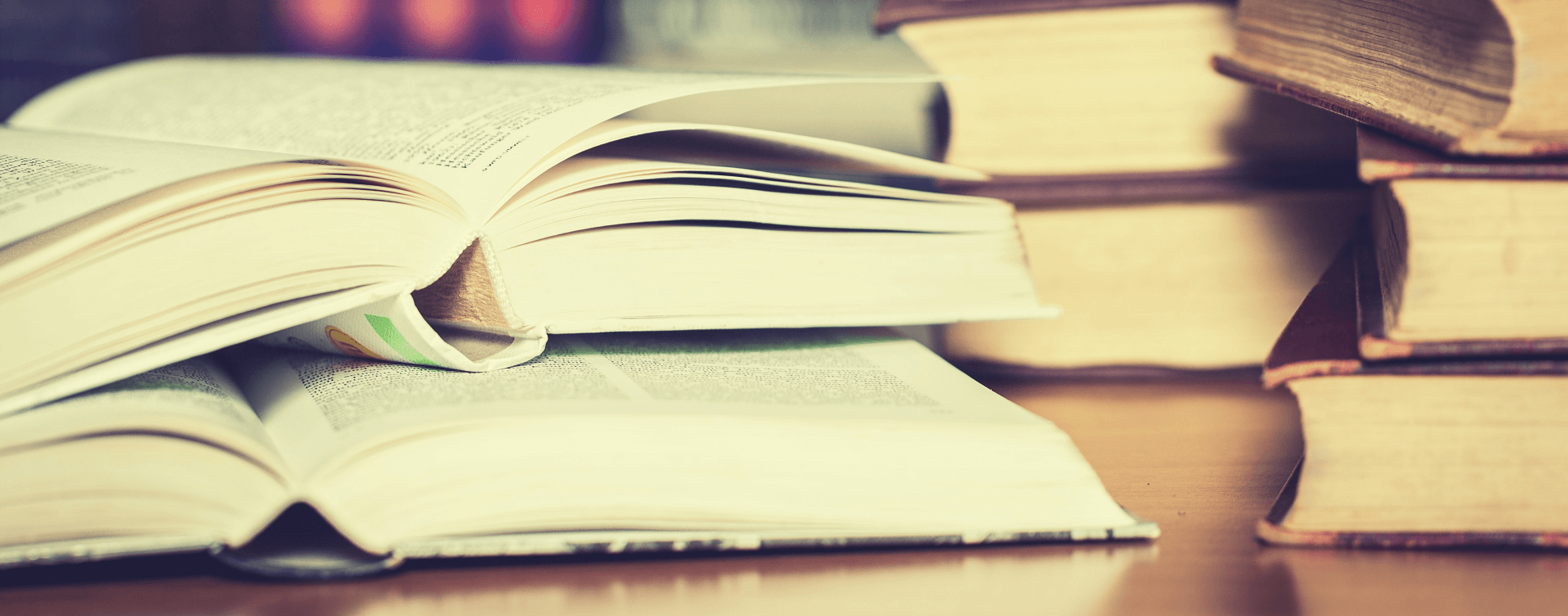
Laryngeal theory
Study Cycle: 2
Lectures: 30
Seminars: 0
Tutorials: 0
ECTS credit: 4
Lecturer(s): prof. dr. Furlan Metka
De Saussure’s identification of two sonant coefficients A and O, reconstruction of the PIE pre-ablaut single vowel *a1 = *e, new interpretation of IE primary long vowels, long syllable-forming sonants, *i, *u, and Skt. aspirated voiceless stops, analysis of the structure of PIE stems, identification of set bases, interpretation of Skt. nasal presents. Moller’s further development of de Saussure’s system, comparison with Semite laryngeals and naming IE’s new consonants laryngeals. Oštir’s contribution to the laryngeal theory. Cuny’s identification of the phonetic value of laryngeals after closure, original stem structures, explanation of Balto-Slavic acuted intonations of the type Lit. béržas. Kuryłowicz’s synthesis of Moller’s and Cuny’s achievements and his contribution (e.g., voiceless/voiced stops + laryngeal; lengths in compounds of the type Skt. dvipa-, Brugmann’s law, the type Skt. píbati, laryngeals are inert consonants, Greek and Armenian prothesis, PIE diphthongs) with culmination in the equation *H2 = Hit. h/hh. Benveniste’s application of laryngeal theory achievements to identifying the original structure of PIE stems. Laryngeal theory achievements according to Kuryłowicz (laryngeal metathesis, Kuiper’s law, Eichner’s law, etc.). Re-establishment of the IE pre-ablaut vowels *e, *a, and *o. Relative chronology of the *e-coloring laryngeals. Issue of the presence of *H2 and *H3 in Anatolian languages. Phonetic definition of laryngeals. Čop and laryngeal theory. Other laryngeal theory topics can be suggested by the students.